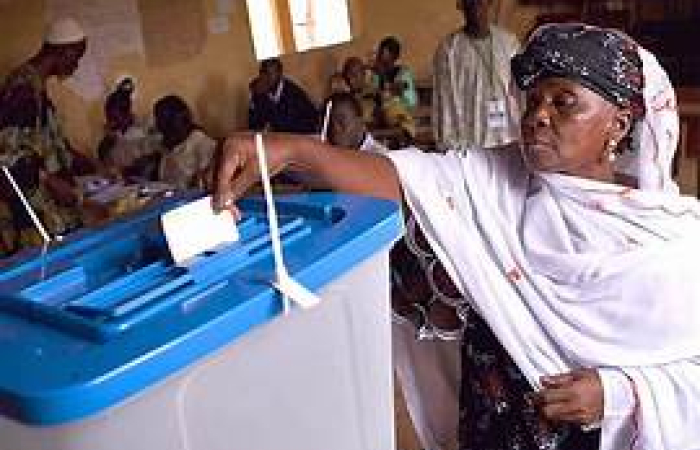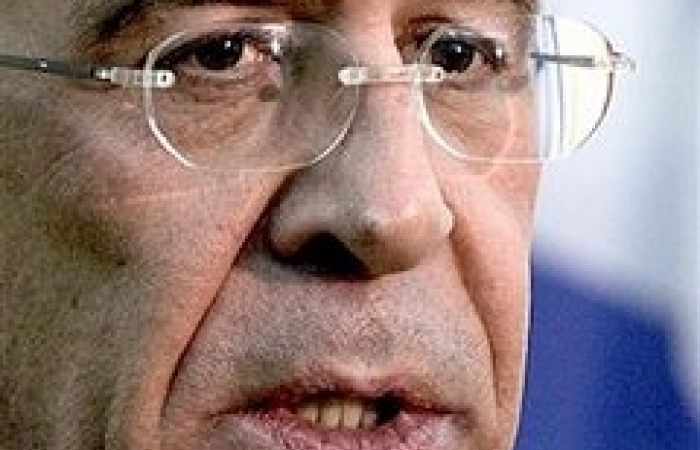The conflict between Armenia and Azerbaijan over the breakaway region of Nagorno Karabakh has continued for over three decades and peace continues to remain elusive, writes Onnik James Krikorian in this op-ed for commonspace.eu. Populist rhetoric and combative media reports reinforce entrenched positions in both societies, but the situation has become markedly worse with the emergence of a new battleground – social media.
Indeed, the 2020 war was the first time that social media had been used on such a large scale in the conflict, although tit-for-tat hacking attacks have featured since the mid-2000s. Both sides used – and continue to use – platforms and tools such as Twitter, Instagram, TikTok, and Telegram to spread information and propaganda, shape public opinion, and attract international support.
It therefore came as no surprise that it was eagerly adopted as a key tool in an information war that looks set to continue for the foreseeable future.
In fact, social media is now the main way to spread misinformation, disinformation, and propaganda, rally support, and to drown out or marginalise the few alternative voices that might exist online. Frighteningly, social media also managed to mobilise individuals on a hitherto unseen scale to engage in this last task. Trolling as a serious issue had finally come to the South Caucasus.
Memes can make one more susceptible to hardliner arguments
“By posting upsetting comments, instigating conflict, and provoking inflammatory discussions, trolls and passive-aggressive people capitalise on the fact that it is far easier to be cruel from behind a keyboard,” wrote Psychology Today in reference to the problem in general. Sadly, social media rewards such behaviour, favouring engagement over civility in order to attract increased advertising revenue.
Another new addition to an online arsenal were memes.
“According to social media specialists, political memetic content can make one more susceptible to hardliner arguments,” wrote Renée Rippberger just two days before the 2020 war broke out. “Political or nationalistic memes often use humour to make their message more palatable because however distasteful, ‘it’s comfortable, it speaks to peoples’ values and also their cultural upbringing.’”
“In an entrenched conflict such as the one between Armenia and Azerbaijan, memes help to normalise uncompromising positions.”
This shouldn’t come as a surprise and some governments are already well aware of how the Tik-Tok and Instagram generation consume information. US Marine Corps Major Michael B. Prosser, for example, even suggested setting up a Meme Warfare Centre (MWC) in the US Army and noted the importance of involving cognitive scientists, cultural anthropologists, behavioural scientists, and game theory experts.
“Memes influence ideas, ideas influence and form beliefs. Beliefs generate and influence political positions combined with feelings and emotions, eventually producing actions, which inform and influence behaviour,” Prosser wrote in his Masters thesis.
Social media is now more synonymous with spreading hate speech, online harassment and disinformation
Of course, the weaponisation of social media is nothing new. Both Brexit in the U.K. and the 2016 presidential election campaign in the U.S. already highlighted how rather than bring people together, social media is arguably more effective in driving them apart. And just as social media has proven an effective tool for violent extremist groups to radicalise susceptible individuals, so too has it been able to do the same in domestic politics and international relations.
This in turn has since led to calls for greater governmental regulation and accountability from the platforms themselves, though there is a fine line to tread between freedom of speech and censorship. Regardless, social media is now more synonymous with spreading hate speech, online harassment, and the amplification of malicious information threats such as disinformation.
But what can be done?
Despite some calls for civil society organisations working on the Armenia-Azerbaijan conflict to incorporate robust social media strategies in their work over the past 15 years, few if any have done so. Moreover, there is a distinct lack of content produced to reach specific demographic and linguistic groups in a manner accessible to them. Instead, for many in the conflict resolution community, it seems that simply opening a Facebook group or holding a Zoom meeting is considered enough.
Suffice to say, it is not. Audiences are tiny and what content is produced is rarely seen. Even fewer amplify it further.
Nonetheless, the potential is there, as some grassroots efforts have shown in the past. And despite the risks and challenges, including those of personal security, it is imperative that civil society organisations understand their present limitations in this area and take urgent steps in order to address them. Developing effective strategies for these powerful tools, including understanding the emotional and psychological ways in which individuals engage and interact online remains as urgent as ever.
But there is good news.
Armenia-Azerbaijan conflict resolution must take social media more seriously
Lessons can already be learned from other conflict zones where social media has been used more effectively, but particularly in the sphere of countering and preventing violent extremism, including in the latter’s elaboration of alternative and counter-narrative frameworks for addressing dominant extremist narratives. The same can be found in the way some governments and civil society organisations respond to malicious information threats such as disinformation.
Until then, those already engaged in conflict resolution can at least take social media more seriously, including by hiring skilled and experienced personnel to not only disseminate content but more importantly to create it. By encouraging dialogue, sharing stories, promoting cross-cultural understanding, facilitating conflict resolution, and amplifying positive messages, social media can help to build bridges that are sorely needed.
It is now time for individuals, grassroots movements, and civil society organisations engaged in this sphere to harness that power effectively. And if peace negotiations ever progress that far, the same will also be true for the Armenian and Azerbaijani governments as well.






